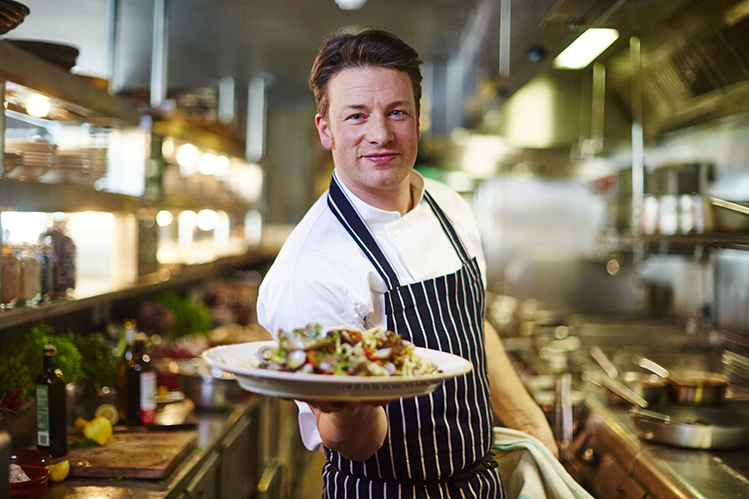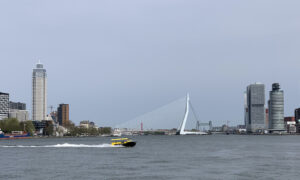Choosy, more knowledgeable travelers are being increasingly picky about where their international itineraries take them. Given the choices of making connections through European airports such as Heathrow or Frankfurt, Charles de Gaulle or Munich, travelers are balancing all the factors: carriers, arrival and departure times, airport dwell times and, increasingly, airport amenities.
With a little first-hand experience – or 30 minutes on social media – travelers know where to find the best dining, shopping, lounging, Wi-Fi services and other side attractions.
Little wonder the airports are investing in redesign projects.
• Vienna Airport plans to expand the shopping and food area in Terminal 2 by about 50 percent, including a duty-free store positioned right after security.
Terminal 2 will be updated and expanded. After security is relocated, passengers will be able to move freely between Terminals 1, 2 & 3 and access all of the shopping, food, and lounge facilities, according to new releases and media reports.
This is all part of a larger project, with construction projected to take seven years, running into 2023 at an estimated cost of 500 million euros. However, the addition of a third runway has been stalled over environmental concerns.
• Just announced is that British celebrity chef Jamie Oliver will open not one but three restaurants at Vienna Airport.
Airport owner Flughafen Wien AG just signed a deal with The Food Travel Experts, the concept developer.
The three concepts are Jamie’s Deli, Jamie’s Italian and a free-standing bar covering 800 square meters on Level 1 of Terminal 3.
Jamie’s Deli is scheduled to open in May, with the other two operations to be up and running by next year.
Vienna Airport is the first place in Austria to have the Jamie Oliver restaurants.
• Frankfurt’s huge airport has a new service in which its Lufthansa passengers can shop for merchandise on their tablets/laptops in the airline’s lounge and have purchases brought to them without going to the actual sales area.
There are also airline staffers circulating with tablets, taking food orders that can be delivered to passengers at the gate, according to media reports.
• In London, little Stansted Airport is trying to elbow into Heathrow’s and Gatwick’s business with a $116 million renovation that increases space in the departure lounge by 60 percent. The expansion will provide more room for shops – and offering, for example, hand massages at the Jo Malone area in its duty-free store.
Last December, airport officials announced they would add a 130 million pound arrivals building to make it two terminals.
The proposed 34,000m2-building would be three stories, with a projected completion date of 2020.
Collect on return
Many European airports now offer “collect on return” services that allow customers to buy goods before they depart and pick them up when they return from their trip. Standsted launched the service at the beginning of the year and customers are currently ordering about 3,000 bags of merchandise a week.
Stansted’s largest sibling, Heathrow, has introduced shopping amenities for passengers not flying into or out of the giant high-end shopping center it calls “Terminal 5″ (much favored by travelers headed to and from the Middle East). The non-Terminal 5 passengers can still order items from the terminal’s high-end retailers, such as Chanel and Burberry.
“If you give passengers good service, and put them in control of their time, they will spend more with you,” Heathrow chief executive John Holland-Kaye told Reuters last year.
In fact, his airport – Europe’s busiest – recently completed a 40 million pound ($51 million) revamp of its luxury shopping area last year that added more shops, including Louis Vuitton and Bottega Veneta.
And why not? Today, retail accounts for almost 20 percent of an airport’s revenue. Or, as airport technology expert John Jarrell told Reuters, “Airports now are basically shopping malls with runways.”
According to recent data from Airports Council International, European airports rely on non-aeronautical revenue – sales earned from such profit centers as retail, restaurants and car parking – for 40 percent of their revenue. Of that revenue, said ACI, retail sales – including food and drinks – accounted for 46 percent. In total, about 18 percent of airports’ total revenue.
Little wonder that the fight is on for airports to secure as many international flights from as many international carriers as they can – and to entertain, supply and feed those connecting passengers who spill out of these planes every hour and wonder how they’re going to fill the next several hours.
(Editor’s note: You can see a related post here about big improvements for travelers going through Schiphol Airport Amsterdam.)

















